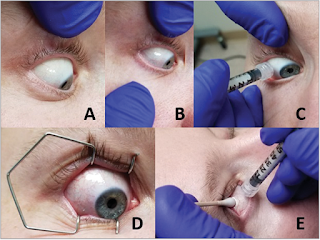Is Cataracts and Glaucoma the Same?
Cataracts and glaucoma are both eye conditions that can significantly affect vision, but they are not the same. While they may share some similarities in terms of symptoms, they are distinct conditions with different causes and characteristics. In this blog, we will discover the causes, symptoms, and treatments for both cataracts and glaucoma to understand their differences more clearly. Cataracts Cataracts are a common eye issue, especially among the elderly. A cataract is a clouding of the eye's natural lens, which lies behind the iris and the pupil. The lens allows light to enter the eye and send visual information to the retina located at the back of the eye. However, when proteins in the eye deteriorate, they can cluster and produce opaque patches. These regions may be brown, yellow, or white in hue. Initially, patients with cataracts may not notice any apparent changes. However, things that formerly appeared simple, like reading, may become more difficult. Causes: The most c...
